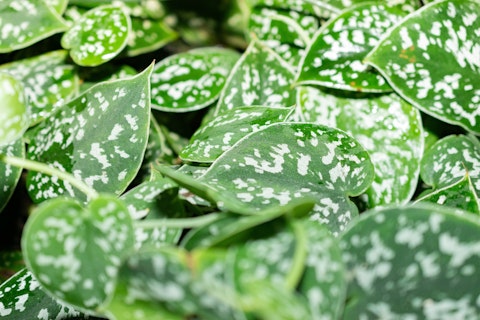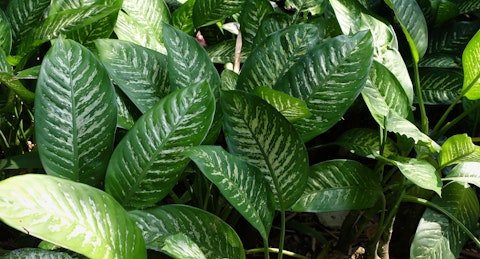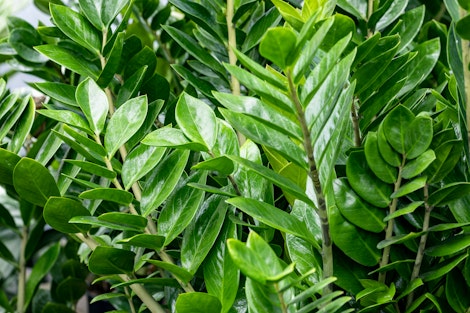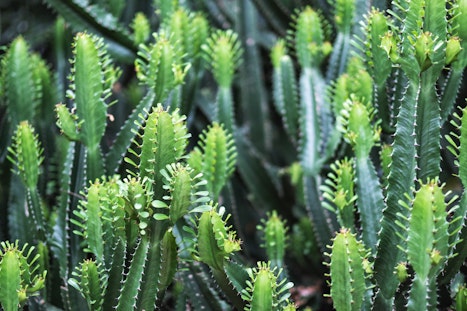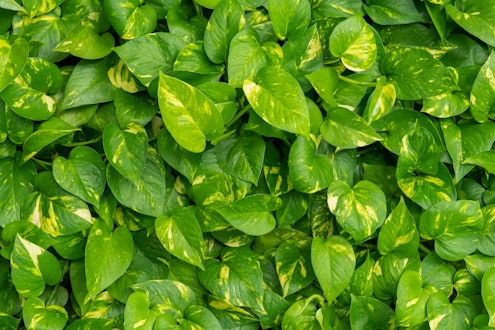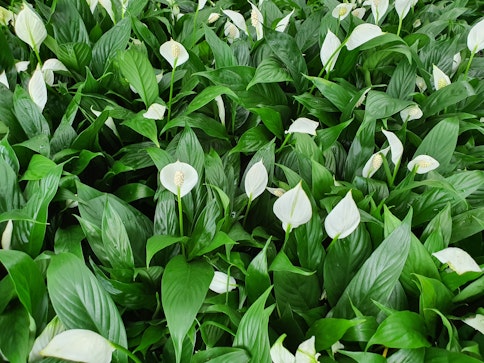
- Home
- Sansevieria: General Care
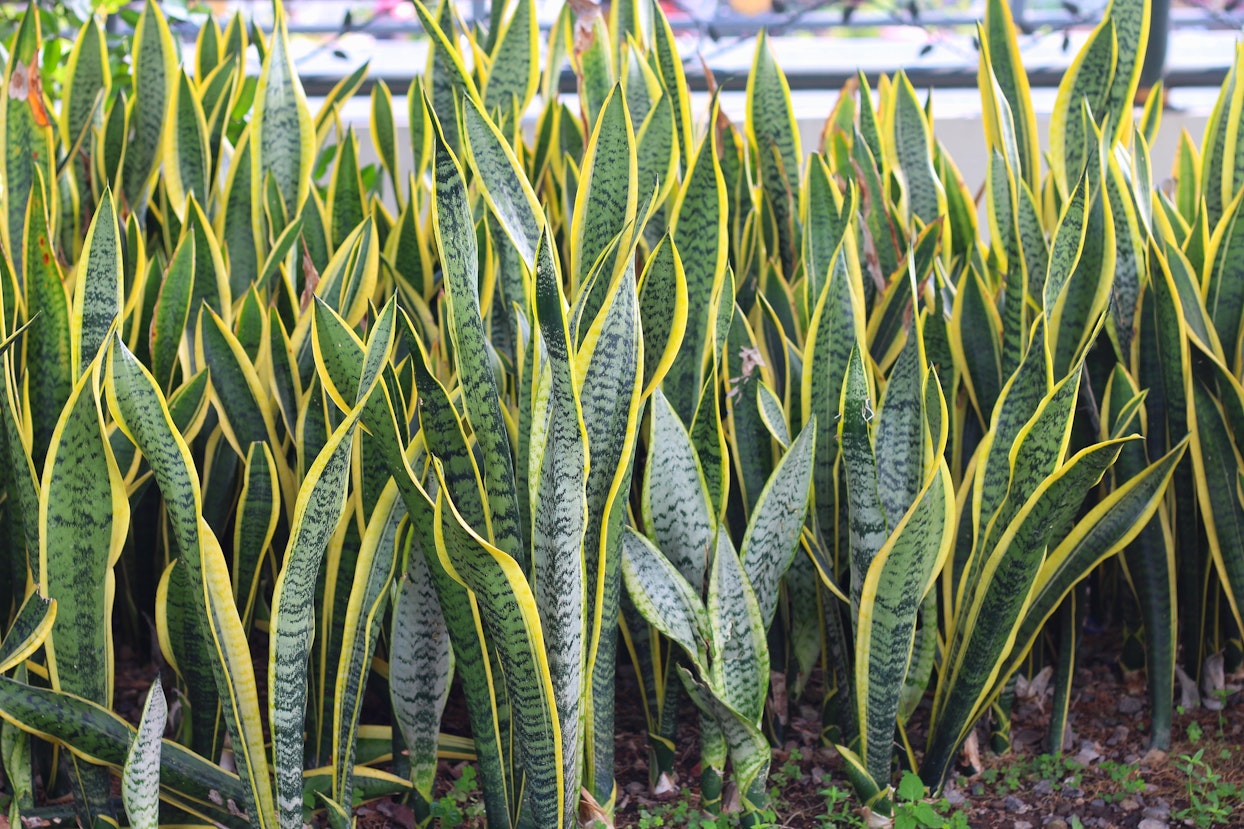
What is a Sansevieria?
Sansevieria are a succulent plant, beloved for their fascinating shapes and colour, while also being easy to care for, hardy and resistant plants. Plants included in the genus are known by common names such as ‘snake plant’, ‘snake tongue’, ‘mother in law’s tongue’, ‘african spear’ and ‘bow string plant’ amongst many others. It’s a fascinating and unique group of plants that make excellent houseplants and are ever popular. Thankfully, these plants are fairly easy to keep, and require little in the way of excessive maintenance!
Sansevieria are native to Africa (notably Madagascar) and Southern Asia and were named by the Italian botanist Vincenzo Petagna in 1787, who named them Sanseverina in honour of the Prince of San-Severo. The word eventually lost its second n, possibly due to typological error!
The Sansevieria Genus was reclassified to Dracaena in 2018, but as the entire genus has moved, it is still understood when they are referred to by their original name! While it is not phylogenetically accurate, it is an accepted synonym and helps to specify a group of similar plants within the Dracaena genus.
Care
Sansevieria are one of the simplest plants in terms of needs and requirements! Hopefully, this short guide will give you an idea what kind of love and attention to give your Sansevieria for it to flourish in the best way it can!
Watering: With the majority of Sansevieria being from arid environments, they do not need large quantities of water. Watering should be conducted in response to the plants environment. The best way to ensure that your Sansevieria is getting the right amount of water is to water and wait until the soil is completely dry again before its next drink. This can be determined by the weight of the plant, or by simply dipping a little finger several inches into the soil and having a feel around! When it is time to water, remove the plant from its pot cover and water until water seeps from the drainage holes at the bottom. Ensure that the water has completely drained off, as If Sansevieria are left sitting in water they are prone to root rot!
Potting:Sansevieria do well in light, well draining mixes. Try coco coir or coconut husk bases with a mineral inclusion like perlite or pumice to keep the soil loose. Although it is technically a succulent, cactus or succulent mixes aren’t recommended on the basis that Sansevieria require a little more water retention than those mixes offer. Although mixing cactus soil or grit in with the Sansevierias normal compost base would work just as well!
Light: Sansevieria thrive in bright indirect light, however they are not fussy and can survive happily in mid to low light levels too. The price that is paid for keeping them in these low light conditions would be slower and less productive growth.
Feeding: Like most houseplants, the best time to feed Sansevieria is during periods of active growth, but if no such growth is occurring, try to loop them into your regular feeding schedule: perhaps once every fortnight in summer months and as little as once every few months during winter!
Pests: Thankfully, Sansevierias are pretty pest resistant! Their leaf is much too rigid for the crafty thrip to break through, and they do not boast many happy spots for a mealybug to tuck themselves away in. They can be subject to the occasional mealybug or spider mite attack, but these are rare!
Things to look out for in Sansevieria:
Yellow leaves: Keep an eye out for yellowing leaves, that is: leaves that present in a shade of yellow or are yellowing in places that they are not supposed to. They can become squishy and smelly. This is usually a symptom of water stress and can be a result of over or underwatering.
Browning: Crispy leaf-edges: which is usually a sign that the plant is being scorched. In this case, move it a metre or two back, to ensure that the light is not too intense for the plant!
Sansevieria species to check out:
- Trifasciata Laurentii
- Zeylanica
- Angloensis
- Liberica
- Kirkii
Jonathan Davies
Jonny has worked at Root since May 2023. His love for plants was inherited initially from his grandparents and parents, but really took off once he moved into his own place, where he started picking up small plants and was fascinated by watching how they grow and change over time. Jonny has a degree in Archaeology and Classics from the University of Sheffield, and a masters in Egyptology from Swansea University, where he primarily focused on garden culture in the ancient world, which he has managed to extend to a PhD thesis in the University of Liverpool, where he has been able to combine his love for plants with his love for ancient language and culture. Jonny loves being in the natural spaces around North Wales and Cheshire where he used to go growing up, and often spends hours examining the plants and trees, and kicking up the leaf litter searching for mushrooms and insects. He is fascinated most by plant biology, taxonomy and learning about ecosystems and interactions between plants and their environmental counterparts, and enjoys tending to his varied array of houseplants, and ongoing ‘plant projects’, such as growing plants from seeds and creating living epiphyte displays. Aside from his green thumb, his other interests include: art, reading, listening to and playing music in the company of his cats, Spooky and Boo.
More by Jonathan DaviesRelated Articles
View all articles
